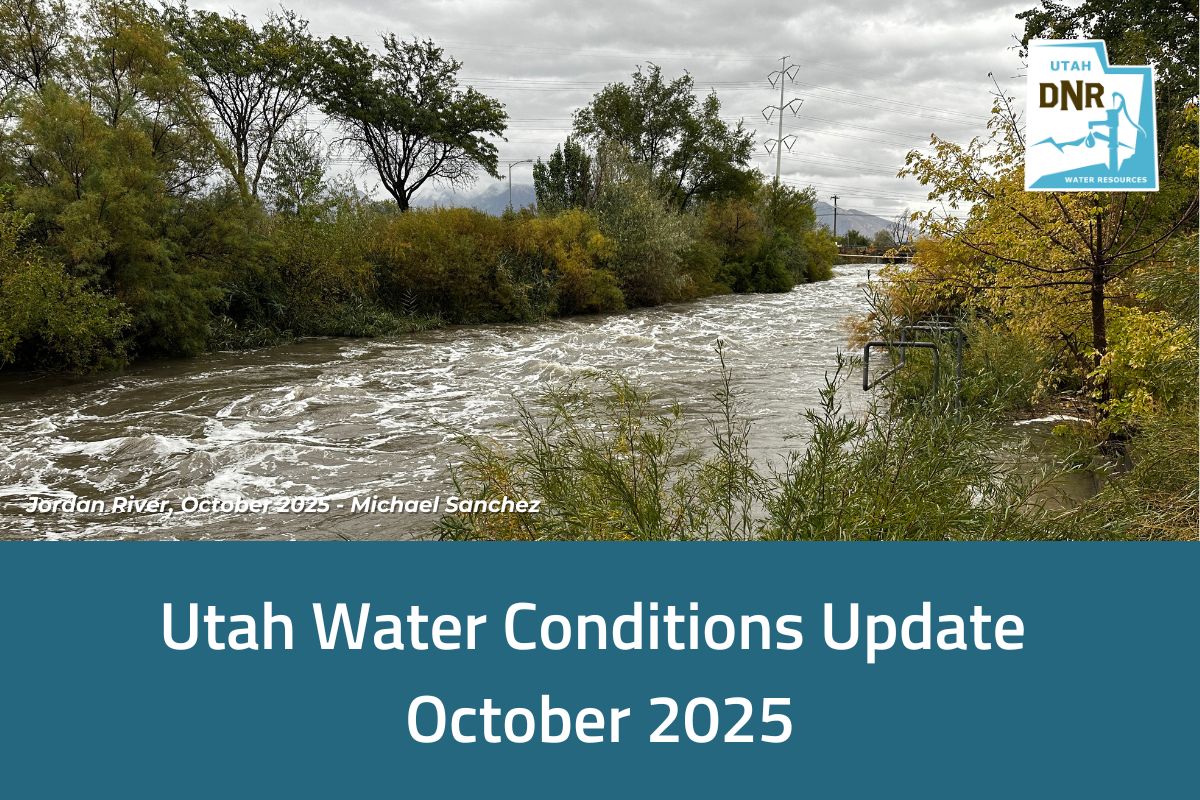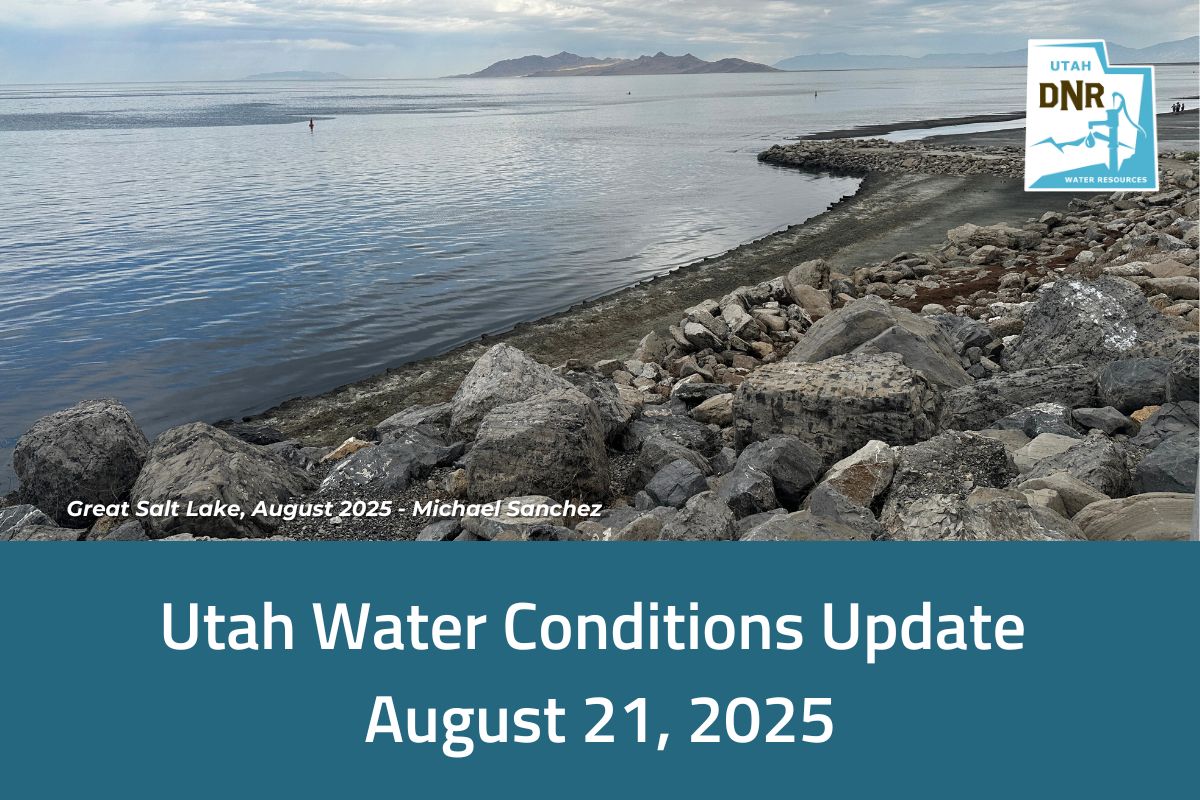SALT LAKE CITY (July 8, 2024) – The Federal Emergency Management Agency (FEMA) recently announced that it has allocated $185 million to 32 states and one U.S. Territory for the rehabilitation of high-hazard dams. Utah is among the states receiving an initial award, and will likely receive $7.2 million.
“Aging dam infrastructure and the requirement to meet the minimum dam safety standards make this initial award a welcome sight,” said Candice Hasenyager, director of the Division of Water Resources. “Dam improvements are imperative to the safety of Utahns, and they are also costly. We are grateful for FEMA’s support.”
The Utah Division of Water Resources and the Utah Division of Water Rights (which encompasses the Office of the State Engineer) work together to identify high-hazard dams, prioritize needs with dam owners, and pursue potential funding sources.
“This funding will be put to great use in helping address the minimum safety standards on dams across the state,” said Utah State Engineer Teresa Wilhelmsen, who is also the director of Water Rights. “We work directly with dam owners to perform annual inspections, to provide consulting, and to oversee repairs, maintenance and construction. Funding for dam safety is always a top concern for everyone involved.”
Wilhelmsen added that the state’s key charter is to responsibly manage and appropriate water for its residents, and that can only be done when state dams and other water infrastructure are functioning safely and properly.
For more information, view the Division of Water Resources dam safety web page, or for detailed information about state dams, safety ratings, inspection records or emergency plans, visit the Division of Water Rights dam safety database.
###
The Utah Division of Water Resources and the Division of Water Rights are among ten divisions housed within the Department of Natural Resources.
The Utah Division of Water Resources is tasked with planning, conserving, developing and protecting Utah’s water resources, and it serves as Utah’s water steward. It is pivotal in pursuing funding sources and in helping to allocate funds for water-related projects throughout the state.
The Division of Water Rights is tasked with the general supervision of the waters of the state, including the measurement, appropriation, apportionment and distribution of those waters. Its dam safety section inspects new and existing state dams, oversees dam design, construction, operation and removal, and identifies safety concerns and maintenance issues.
For more information, contact Michael Sanchez, public information officer, at 385-226-8967 or email msanchez@utah.gov.




